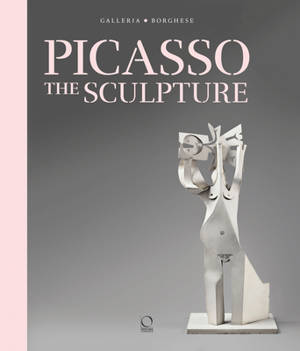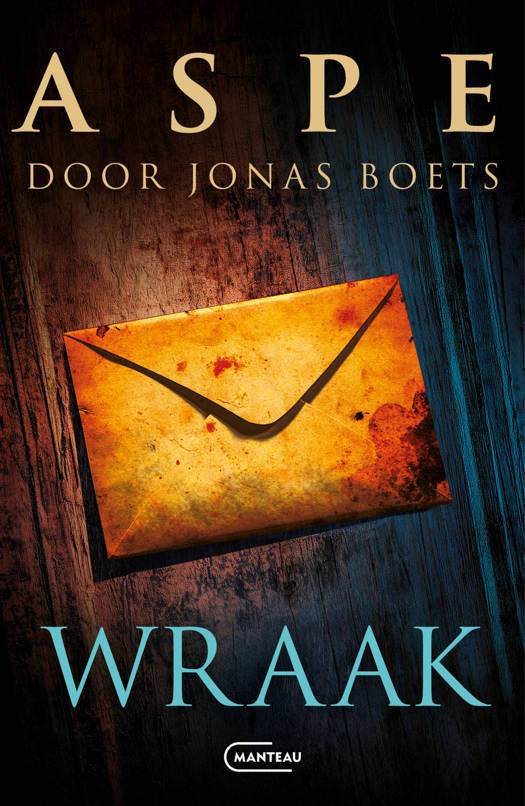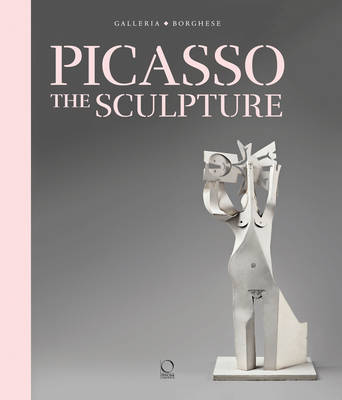
- Afhalen na 1 uur in een winkel met voorraad
- Gratis thuislevering in België vanaf € 30
- Ruim aanbod met 7 miljoen producten
- Afhalen na 1 uur in een winkel met voorraad
- Gratis thuislevering in België vanaf € 30
- Ruim aanbod met 7 miljoen producten
Zoeken
Omschrijving
In 1917 Pablo Picasso traveled to Rome and Naples with Jean Cocteau and Igor Stravinskij. During this trip, for the first time, he could admire directly Hellenistic and Roman sculpture, that of the Renaissance and Baroque eras, but also the Roman frescoes of Pompei. The first exhibition dedicated to Picasso's sculpture to be held in Rome, and its accompanying catalogue, were conceived as a journey through the centuries that chronologically follows the interpretation of forms and different themes - stories and myths, bodies and figures, objects and fragments - in sculpture. The exhibition of masterpieces of the great Spanish master is accompanied by previously unpublished images of his sculpture studios (by Edward Quinn) that narrate the context in which these works were born. The catalogue includes essays that explore the visual and conceptual dialogue between the works of Picasso and works of the past, illustrating and examining over fifty works, some of which have never been exhibited before.
Specificaties
Betrokkenen
- Auteur(s):
- Uitgeverij:
Inhoud
- Aantal bladzijden:
- 256
- Taal:
- Engels
Eigenschappen
- Productcode (EAN):
- 9788833670300
- Verschijningsdatum:
- 10/06/2019
- Uitvoering:
- Paperback
- Formaat:
- Trade paperback (VS)
- Afmetingen:
- 241 mm x 279 mm
- Gewicht:
- 1542 g

Alleen bij Standaard Boekhandel
+ 109 punten op je klantenkaart van Standaard Boekhandel
Beoordelingen
We publiceren alleen reviews die voldoen aan de voorwaarden voor reviews. Bekijk onze voorwaarden voor reviews.











